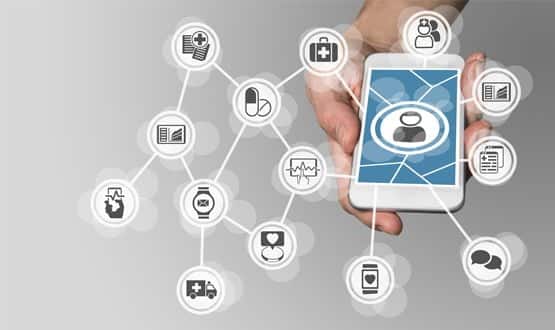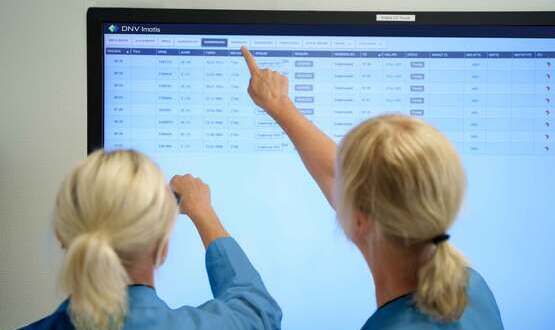Report reveals increased use of connected care technologies in UK

There has been an increase in the use of connected care technologies in UK healthcare in the last 12 months, according to a new report.
Nearly half of those in the UK who were surveyed or interviewed for The Future Health Index 2017, which was commissioned by Philips, said they had seen greater use of such technologies by primary care doctors in the past year.
Over a third (38 per cent) said they had seen an increase in the rate of use more generally across primary care, and in secondary care as well.
The report defined connected care technology as anything that enabled sharing of information throughout all parts of the health system, and covered 19 countries and five continents.
Andy Calchadora, business development director UK and Ireland at Philips Home Monitoring, said the finding that the UK has above average spending on IT could explain the increased use of such technology.
“Out of the 19 markets surveyed, the UK has a higher than average IT spend on internet of things across software, connectivity and services in healthcare as a percentage of our GDP. So according to the data collected, the UK is investing more and uptake is responding to the access accordingly.”
Alongside 202 healthcare professionals, 1,500 members of the general population in the UK were surveyed for the report. Some 57% of those who had used technology to track a health indicator in the past 12 months had shared the data with a healthcare professional.
Calchadora emphasised there will be a need to present clinicians with a coherent picture of relevant information about a patient. “It’s important to bear in mind that the data can be overwhelming if unfiltered – it should be assessed in a way that makes it a useful tool to aid decision making that will result in better patient outcomes”, Calchadora said.
The report revealed that 31% of surveyed people with a cardiovascular-related issue had a physician recommend tracking either blood pressure or heart rate as a first step to address the condition. Cardiac conditions are known to be the highest cause of A&E attendances.
Neil Mesher, CEO at Philips UK and Ireland, expressed the hope that the exchange of data between patients and healthcare professionals will increase over time.
“It would be great to see more exchange of data between patients and healthcare professionals, particularly given the consumerisation of healthcare and the uptake of medical grade apps so that the user of the healthcare system – the patient – enjoys full integration and, ultimately, empowerment.”
In July, Digital Health News reported on the unveiling of an £86m govemment fund for investment in innovative healthcare technology. The fund is intended to support small and medium sized enterprises to develop, test and integrate new technologies in the NHS.
[themify_box icon=”info” color=”gray”]
Key report findings:
- About half (48%) of healthcare professionals have seen an increase in the use of connected care technologies by primary care doctors in last 12 months
- About a third of the general population (31%) have used connected care technologies to monitor a health indicator in the last 12 months
- Over half of the general population (57%) who have used connected care technology to track health indicators have shared their data with a healthcare professional in the last 12 months
- Six out of 10 members (62%) of the general population think that integration of the health system would make the quality of healthcare better
[/themify_box]




